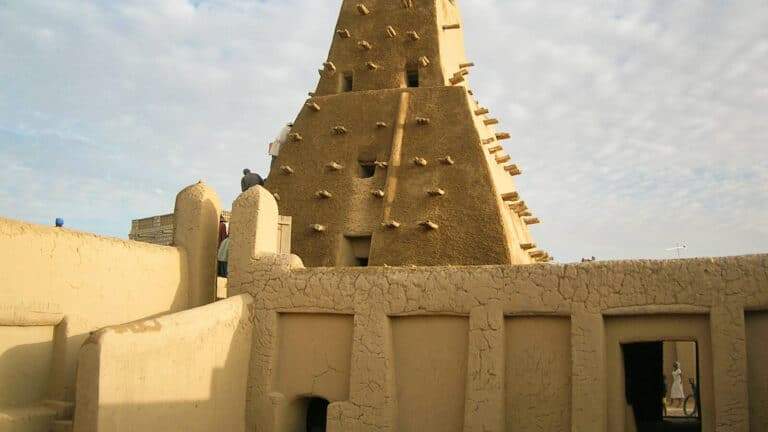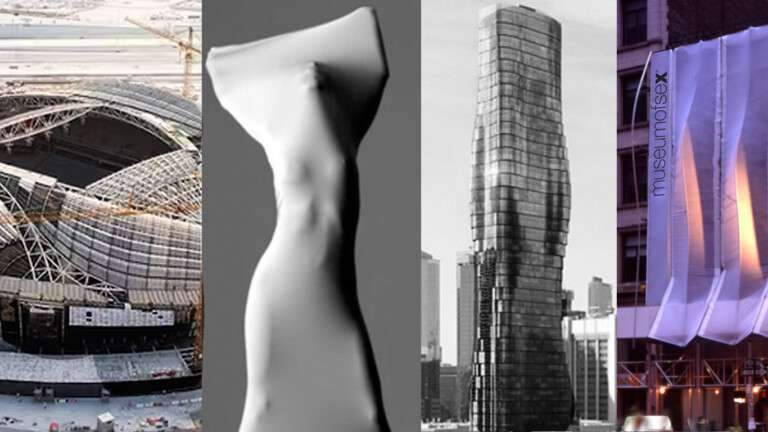LEGO More Than a Toy A Tool for Understanding Architecture
In a world where ideas are usually built with rulers and pencils, a surprising project involving LEGO and architecture is redefining how we look at architectural design. With 150,000 LEGO bricks, Richard Paules has transformed a childhood hobby into an impressively detailed model of Ronald Reagan Washington National Airport proving that LEGO isn’t just for play; it can be a tool to explore space, structure, and even inspire architects .
How LEGO Becomes an Architectural Model
LEGO is often seen as a way to spark imagination, but for Paules, it became a medium for precise construction. His model isn’t just a surface level copy of the airport it’s a three dimensional reinterpretation of its interior and exterior design, including:
- Curved ceilings and large glass panels.
- Carefully arranged internal spaces: from boarding gates to baggage claim.
- Even small details like floor patterns have been recreated with precision.
What makes this project special is that it doesn’t just mimic the look it shows a deep understanding of architectural layout and spatial organization , especially in a complex public building like an airport.

Architecture Isn’t Just About Walls It’s About Experience
When designing a building, especially in places like airports, architects don’t just think about walls and roofs they consider how people move through the space and interact with it . And that’s exactly what Paules captured in his build.
The model tells a story of travel: from entering the terminal, waiting on seats, all the way to boarding or collecting luggage. Every step is carefully mapped out, almost like watching a living, three dimensional architectural drawing come to life.

Design Challenges: Between Reality and LEGO
The project took around nine months of continuous work, and it wasn’t easy by any means. Paules had to deal with:
- The model’s considerable weight (nearly 120 pounds).
- Structural complexity due to curved and irregular shapes.
- Transporting such a fragile piece without damaging it.
These weren’t just personal hurdles they were technical and logistical challenges similar to those faced by real-world architects and builders .

Can LEGO Be a Teaching Tool in Architecture? Why Not?
The idea might sound unusual, but a project like this opens the door to new possibilities in architectural education. Here’s how LEGO could be used to teach design:
| Use Case | Benefit |
|---|---|
| Building quick models | Better understanding of spatial relationships |
| Learning interior layouts | By recreating real-world spaces |
| Encouraging creativity | Without relying solely on digital tools |
| Improving 3D thinking | Through hands-on, three-dimensional modeling |
If you can rebuild an entire airport with plastic bricks, you’re not just playing you’re learning and creating .

The Bigger Idea: Architecture Is Everywhere
This project reminds us that architecture isn’t only about tall buildings or expensive materials it’s about how we see and reimagine the spaces around us . And with LEGO, architecture becomes more approachable, more human.
People who pass through Reagan Airport every day may not notice its design details, but when they see this miniature version, they experience it in a whole new way. That brief moment standing in front of a LEGO model might just spark a deeper appreciation for the world around them.

✦ ArchUp Editorial Insight
The article explores how LEGO has evolved from a children’s toy into a medium for architectural expression, focusing on Richard Paules’ detailed replica of Reagan National Airport. The model captures structural and spatial elements with impressive precision, reflecting a deep understanding of public space design. While the project showcases creativity and craftsmanship, it lacks broader discussion on sustainability or long-term relevance in architectural practice. Still, it offers a unique lens through which to view spatial dynamics and material expression in non-traditional design methods.
ArchUp strives to document the architectural and urban journey in the Arab world through precise editorial content and rich analyses that reflect the depth of design and the diversity of architectural schools. The editorial team consists of specialists committed to covering all the latest developments in the field. You can always learn more about our editorial team or contact us to contribute or participate in building this open knowledge archive.







